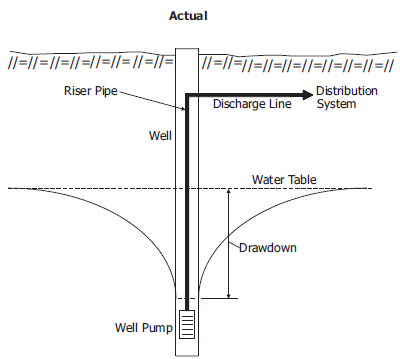


It simply involves making sure women and girls, especially in poorer countries, are educated to the same level as boys and men, and to make sure that women and their families have adequate access to family planning services. They are two sides of the same coin, and combined, make the #1 solution. There are many more solutions and the point has been made, but it’s worth considing two more: educating women and girls (#6), and family planning (#7). Waste is expensive while diets with too much meat and not enough fruits and vegetables have been firmly linked to poor health. Just wasting less food (#3) or getting the right balance between meat and vegetables in our diets (#4) will make an enormous difference. By replacing the chemicals that run our air conditioners and refrigerators with less polluting alternatives (even CO 2,carbon dioxide, recycled from air!), we can reduce global carbon emissions by almost 90 billion tonnes by 2050 compared to carrying on as usual, while costing 900 billion less. A case in point is refrigerant management, the number one solution. Many solutions are not glamorous but quotidian, pragmatic and boring. Electric vehicles (#26) help too, removing road pollution that cause lung disease, cancer and many other ill effects. Together, they can remove 152 billion tonnes of carbon dioxide while producing cheap and clean energy without pollution that is dangerous both to the climate and to human health. Take renewable electricity solutions, like wind turbines both off- and onshore (#2 and #22), solar farms (#8) and geothermal (#18). Altogether, they could save the world more than $40 trillion by 2050, for example through reduced waste and higher efficiency. Most of the solutions discovered are ‘no regrets’ solutions, things we would want to do even if there was no global warming problem because they would make us better off, healthier and more comfortable. With a reasonable effort, we can start reversing global warming in the second half of this century. We have all the solutions we need. It is possible not only to arrest global warming, but start drawing down carbon from the atmosphere. These solutions were then ranked in terms of carbon impact, from refrigerant management (#1) to building retrofits (#80).įrom the scenarios they created, the answer to Paul’s question emerged, and it was a resounding yes. With this data, they could create scenarios for 2050: versions of the future where the world has applied these solutions to solve the climate crisis. Many concern how we dispose of land and produce food, important topics that tend to get less attention. In addition, they found 20 ‘exotic’ solutions that may help is in the future but are not ready and may never be.įor each solution, they collected data on how much they contribute to reduce or remove emissions, as well as their costs and savings. They include all the ‘standard’ solutions - wind and solar power, electric vehicles - but also some surprising ones, like educating women and girls. They were not interested in pie-in-the-sky ideas relying on hitherto uninvented technology or undiscovered principles of science, but things that work. Paul and his team scoured the academic, peer-reviewed literature to discover the best technologies, tools and methods. Think of it as an IPCC for climate solutions. Project Drawdown was started in 2014 as an international coalition of more than 200 researchers and scientists from over 20 countries spending more than two years or to map, measure, model and describe the most substantive solutions to global warming. In 2001 I began asking experts in climate and environmental fields a question: Do we know what we need to do in order to arrest and reverse global warming? Paul Hawken The genesis of Project Drawdown was curiosity, not fear. The first results of were released as a book in 2017, to critical acclaim. Project Drawdown was started by the well-known environmentalist and author Paul Hawken, who wanted to know if the practical solutions we have are actually enough to solve the problem. At the same time, most climate solutions also make social and economic sense, making us healthier and better off. By scaling up existing solutions, it is not only possible to stop global warming, but to reverse it. Project Drawdown is an accessible and comprehensive inventory of solutions to global warming: a catalogue of the top 80 methods and technologies for reducing and removing carbon emissions.


 0 kommentar(er)
0 kommentar(er)
